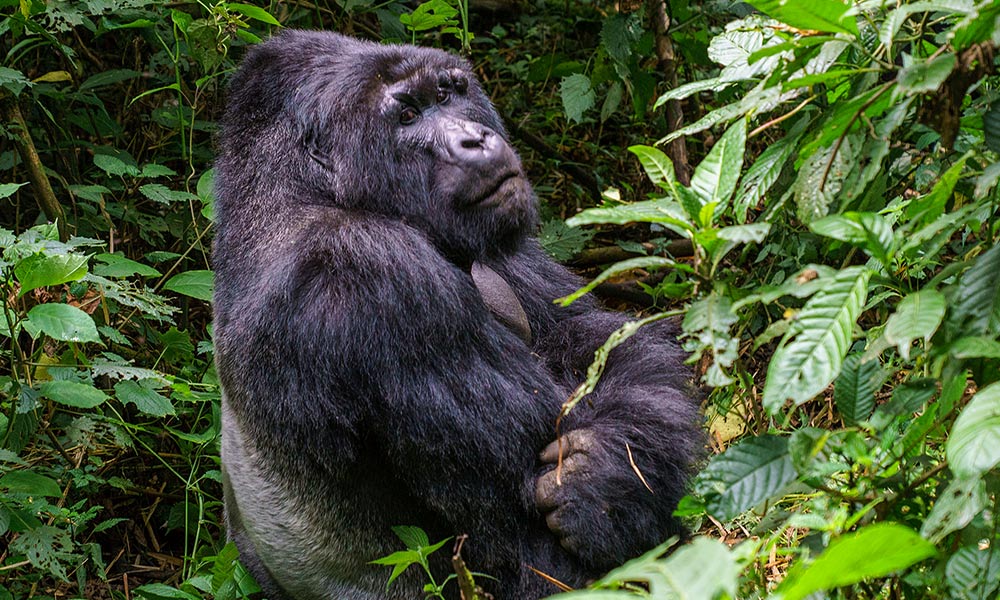In general taxonomic terms, all primates share common features of forward facing eyes, opposable thumbs, an omnivorous diet and a well developed brain. For the purposes of this section, we will cover three of the primate species you are likely to encounter in the bush, aside from humans.
Chacma Baboon – Papio ursinus
The baboon is a common site in the bush and they are often encountered in troops of up to 30 individuals, sometimes more. The troops are composed of both males and females of all ages. Young males are subordinate to the older females until they reach maturity at around 4 years old, and then they become part of the dominant male class.
Baboon society is very complex and they have up to 35 different communication signals, each with a different meaning. The male baboons will show aggression by barking and baring their teeth, which can often be observed when a predator is spotted. Fully grown males are very strong animals and have been known to kill cheetah and even to mob leopards.
They are omnivorous feeders, eating a range of fruits, berries, leaves, bulbs, insects, arachnids and even small birds and young antelope. It is vitally important never to feed baboons when you encounter them on safari, as they will quickly become a pest to humans and the reserve management will have no choice but to shoot the offending animals for the safety of the guests.
Vervet Monkey – Cercopithecus aethiops
Another commonly encountered bushveld primate, the vervets are much smaller than baboons and are very lithe, fast climbers. Unfortunately some of these animals have lost their fear of humans and they can be seen around some game lodges where they occasionally try to steal the food from guests!
Troops of vervets can number around 25 individuals, being composed of a collection of families. They have a similar diet to baboons, eating a variety of grasses, leaves and fruits, although their carnivorous diet will only include small creatures such as insects, lizards, and on occasion nestling birds.
Vervets have a well developed social communication system, having a recorded 36 different calls. They are preyed upon by a variety of animals including birds of prey and servals, and as with baboons, they tend to associate with antelopes who give them early warning of predators, due to the antelopes’ superior sense of smell.
Bushbabies – Family Lorisidae
These are very small primates who, unlike baboons and vervets, are nocturnal creatures, spending most of their time in trees eating resin and gum, as well as fruits and insects.
Their large eyes allow them to see at night, and they are often spotted on game drives when their eyes reflect the beam from the spot-light. On occasion you will hear their distinctive wailing call, which is where they get their name. They are the smallest primates on the planet.








